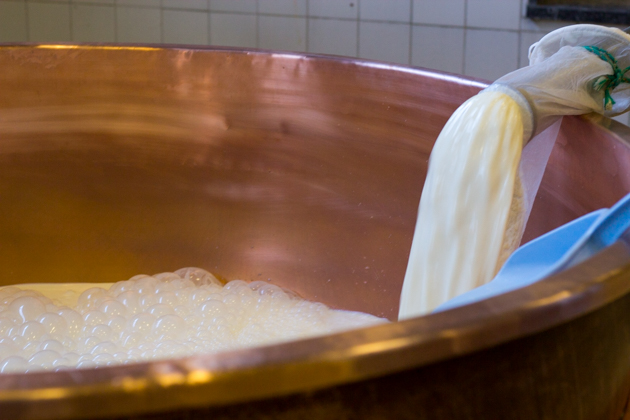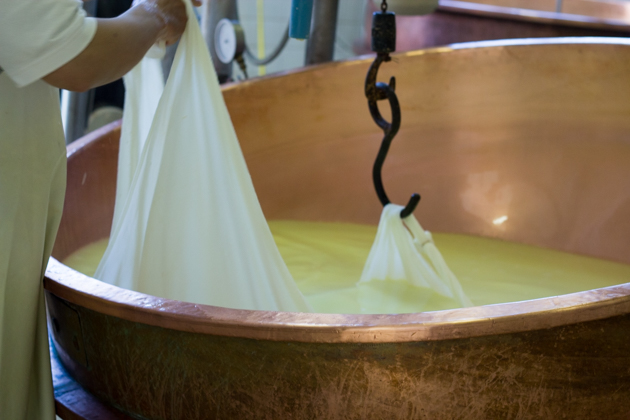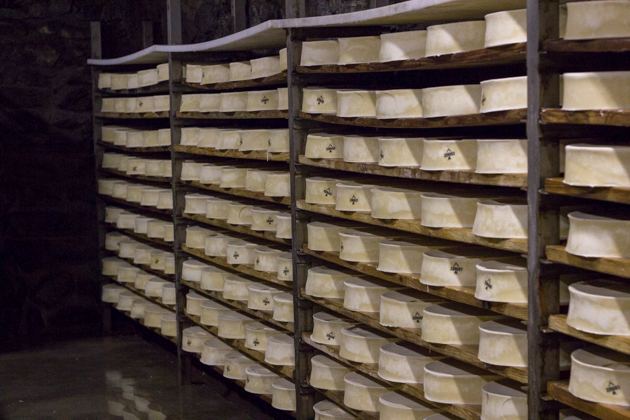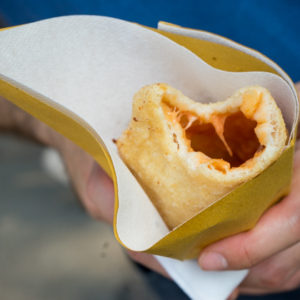

Fontina fondue with mocetta

Monte Bianco (Mont blanc)



Milk being heated

Stirring the curds

Fitting the paddle to the cauldron

The curds are being broken up by the wired paddle

Gathering the curd

Moving the curd by hydraulic lift

Adding a bar to the top of the cheesecloth to twist it and squeeze out any liquid

Removing the liquid

Checking the size of the curds

Cutting the curd

The mould

Filling the mould with curd

Wrapping the curd in cheesecloth

The stamps

The butter being churned

The curd being pressed

The producer’s stamps

Fontina with both the markings

The cheese being soaked in salt water

The cheese aging

Fontina by Pierpeter
Tortino di patate alla valdostana (Potato gratin from Valle d’Aosta)
Panizzi Shops:
Cheese making production:





Leave a Reply